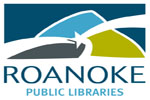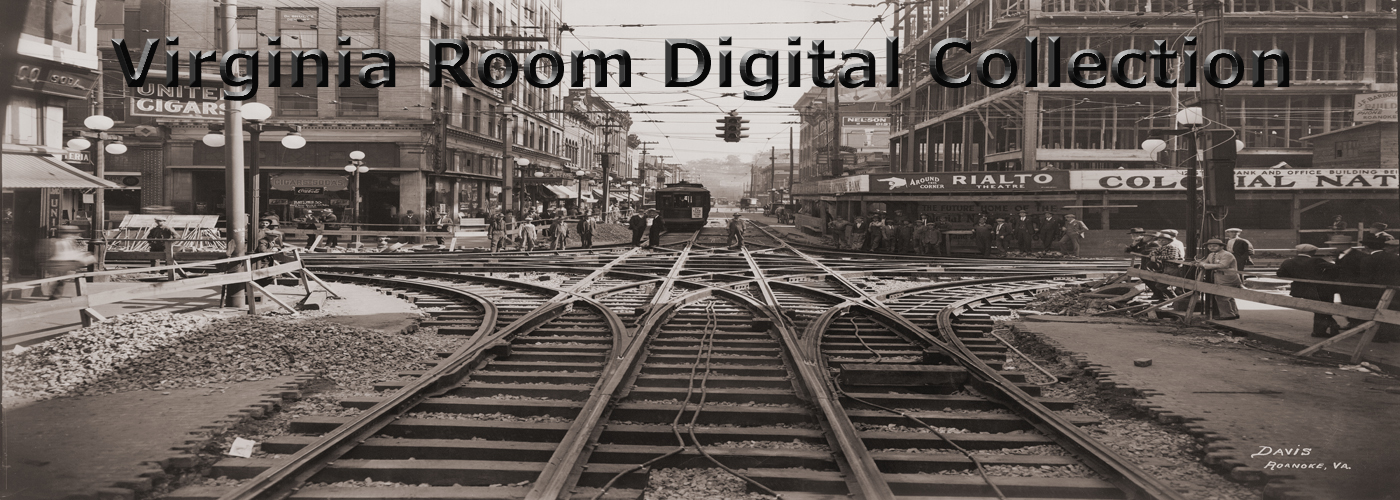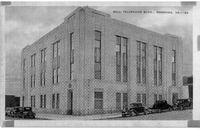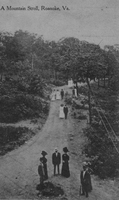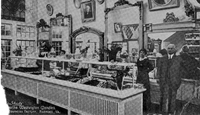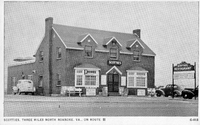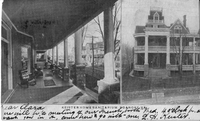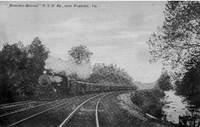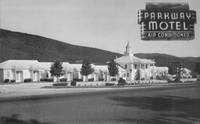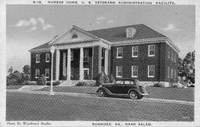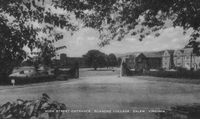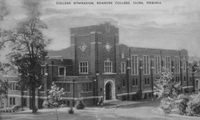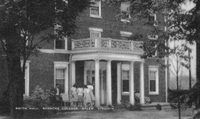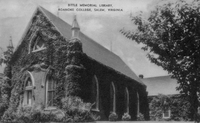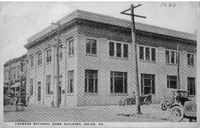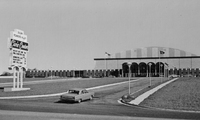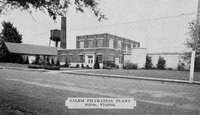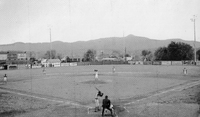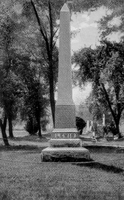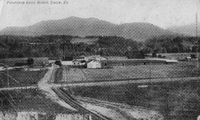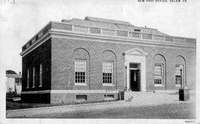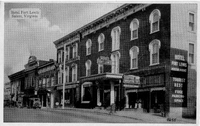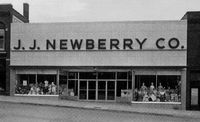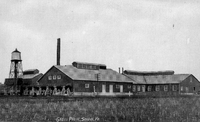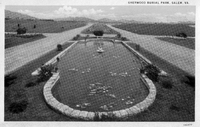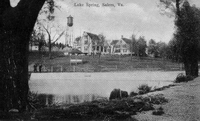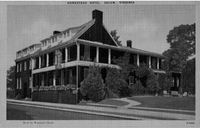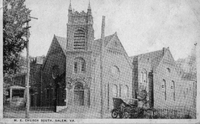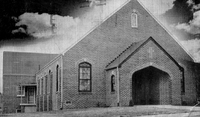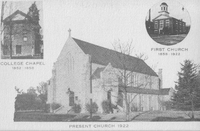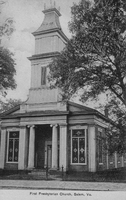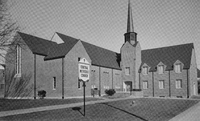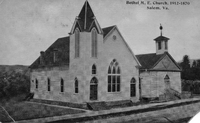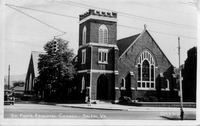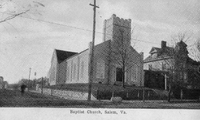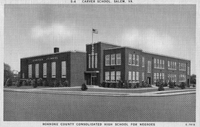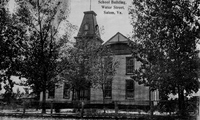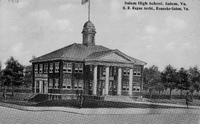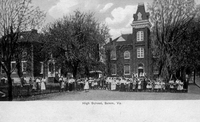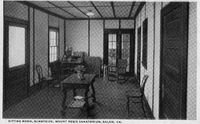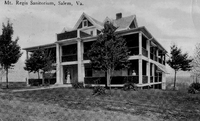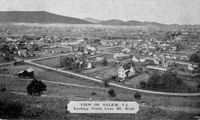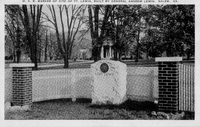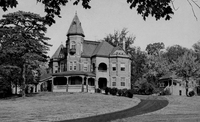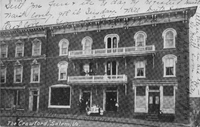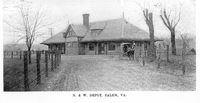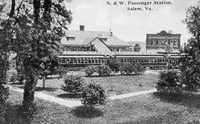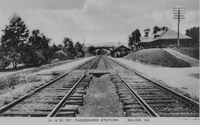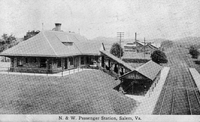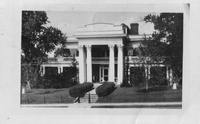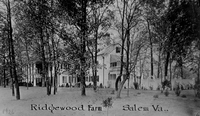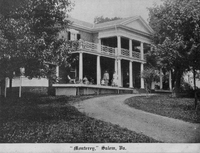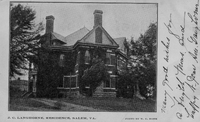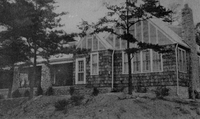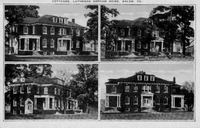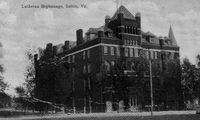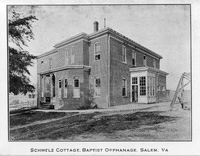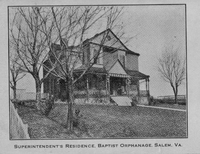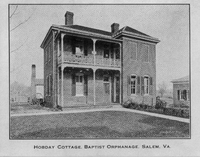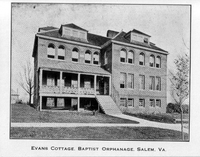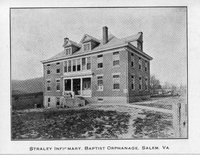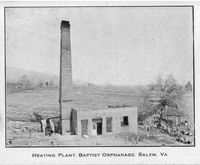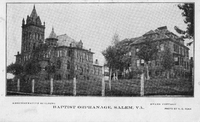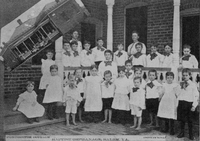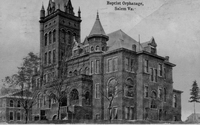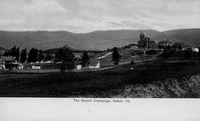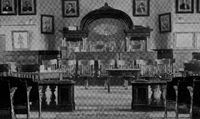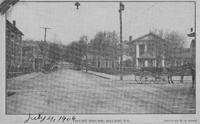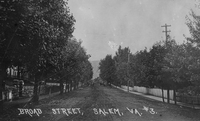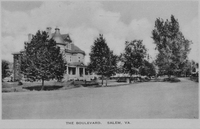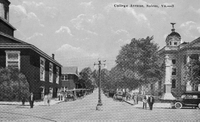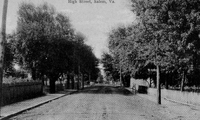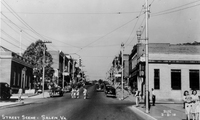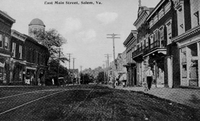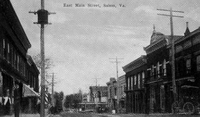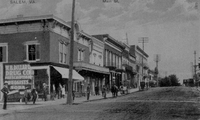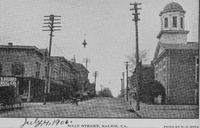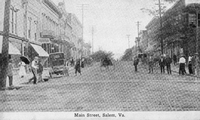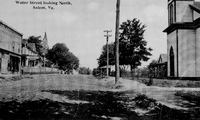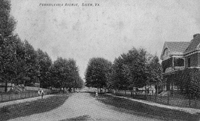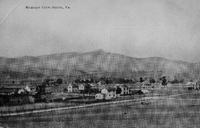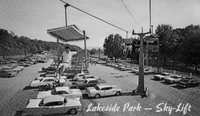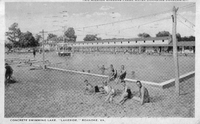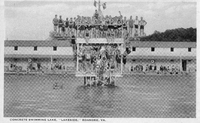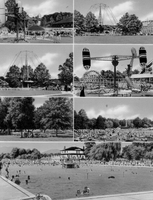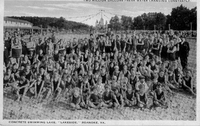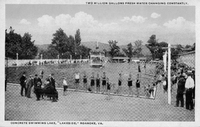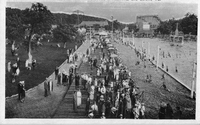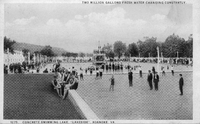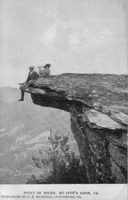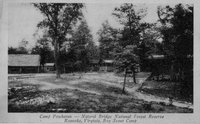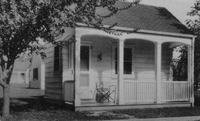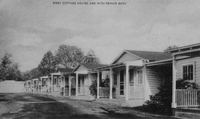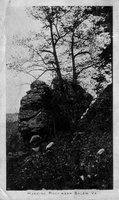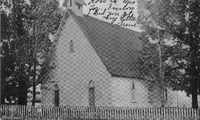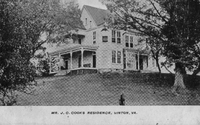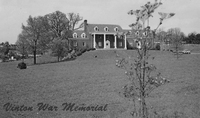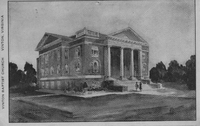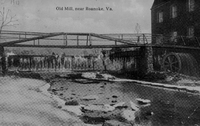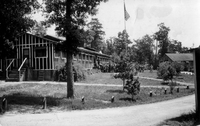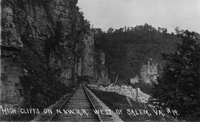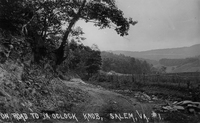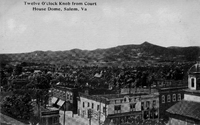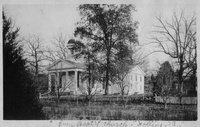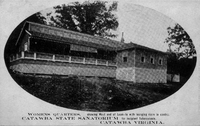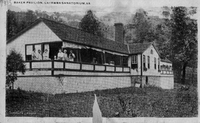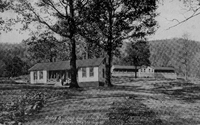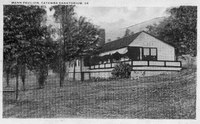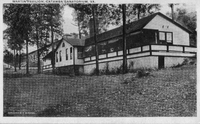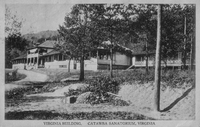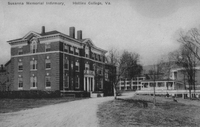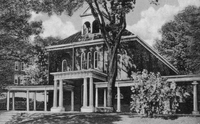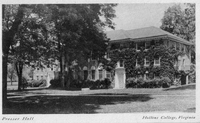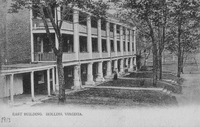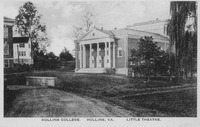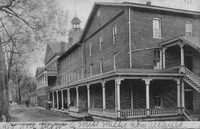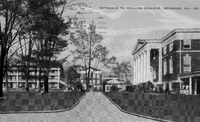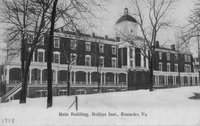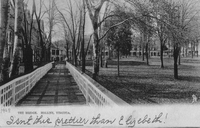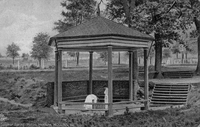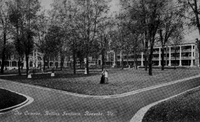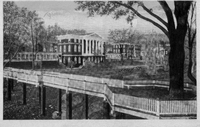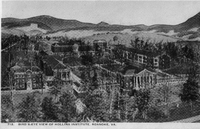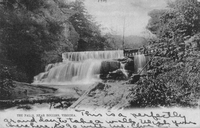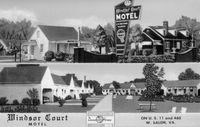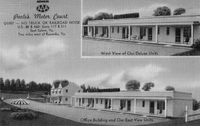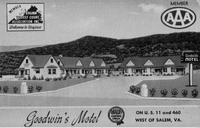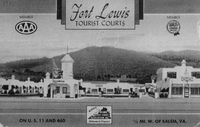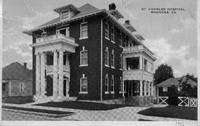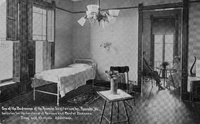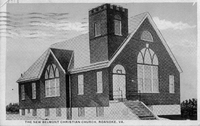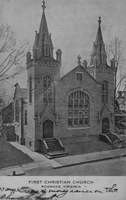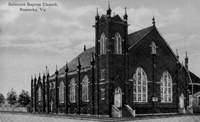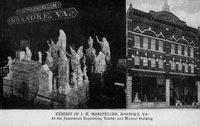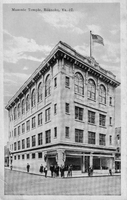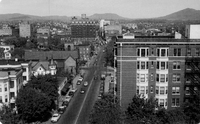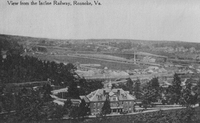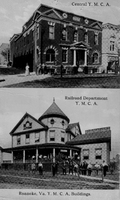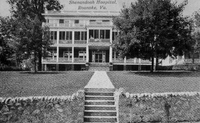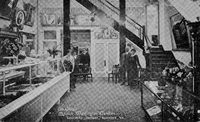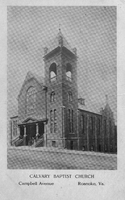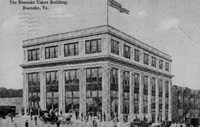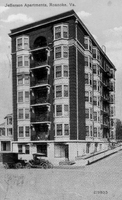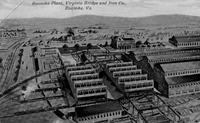Browse Items (142 total)
- Collection: Salem and Roanoke County in Vintage Postcards
SR190 Bell Telephone
Tags: Bell Telephone Company
SR187 Mountain Stroll
Tags: Mill Mountain
SR186 Martha Washington Candies
Tags: interiors, Martha Washington Candies, stores
SR184 Scottie's Tavern
Tags: restaurants, Route 11, Scottie's Tavern, taverns
SR183 Keister Home
Tags: hospitals, Keister Home Sanatorium
SR180 Memphis Special
Tags: locomotives, Memphis Special, N&W, Norfolk & Western, railroads, trains
SR179 Parkway Motel
Tags: hotels, motels, Parkway Motel, Route 220
SR174 Veterans Administration
SR170 Roanoke College
Tags: colleges, High Street, Roanoke College, Salem, universities
SR168 Roanoke College
Tags: colleges, Roanoke College, Salem, universities
SR167 Roanoke College
Tags: colleges, Roanoke College, Salem, Smith Hall, universities
SR162 Bittle Library
SR155 Farmers National Bank
Tags: banks, Farmers National Bank, Salem
SR154 Salem Civic Center
Tags: arenas, Salem, Salem Civic Center
SR153 Salem Filtration Plant
Tags: Salem, Salem Filtration Plant
SR152 Municipal Field
Tags: baseball, Municipal Field, Salem
SR150 Andrew Lewis Monument
SR149 Pierponts Brick Works
Tags: factories, Pierponts Brick Works, Salem
SR148 Post Office
SR147 Hotel Fort Lewis
Tags: Hotel Fort Lewis, Hotel Salem, hotels, motels, Salem
SR146 J.J. Newberry
Tags: J.J. Newberry Company, Salem, stores
SR145 Glass Plant
SR144 Sherwood Burial Park
Tags: cemeteries, Salem, Sherwood Burial Park
SR137 Lake Spring
Tags: Lake Spring, Salem
SR136 Homestead Hotel
Tags: Homestead Hotel, hotels, motels, Old Globe Tavern, Route 11, Salem, taverns
SR135 Methodist Episcopal South
SR134 Pentecostal Holiness
SR133 College Lutheran
SR132 First Presbyterian
SR131 Central Methodist
SR130 Bethel Methodist Episcopal
SR128 St. Pauls Episcopal
Tags: churches, Salem, St. Paul's Episcopal Church
SR127 Baptist Church
SR126 G.W. Carver
SR124 Graded School A
Tags: Graded School A, schools, Water Street
SR122 Salem High School
Tags: Broad Street, Salem, Salem High School, schools
SR122 Salem High School
SR121 Mount Regis
SR120 Mount Regis
SR119 Salem
Tags: Salem
SR117 Fort Lewis
SR115 Longwood
Tags: houses, Longwood, Salem Community Center
SR114 Crawford Hotel
Tags: Crawford Hotel, hotels, Lucerne Hotel, Main Street, motels, Salem
SR113 N&W Passenger Station
SR112 N&W Passenger Station
SR111 N&W Passenger Station
SR110 N&W Passenger Station
SR109 Strouse Home
Tags: Broad Street, Demetrius Strouse, houses, Salem, Strouse Home
SR108 Ridgewood Farm
Tags: houses, McVitty House, Ridgewood Farm, Salem
SR107 Monterey
Tags: Clay Street, High Street, houses, Monterey
SR106 J.C. Langhorne Home
Tags: houses, James C. Langhorne
SR105 Women's Club
SR104 Lutheran Orphanage
SR102 Lutheran Orphanage
SR101 Baptist Orphanage
SR100 Baptist Orphanage
SR099 Baptist Orphanage
SR098 Baptist Orphanage
SR097 Baptist Orphanage
SR096 Baptist Orphanage
Tags: Baptist Orphanage, children's homes, orphanages, Salem
SR095 Baptist Orphanage
SR094 Baptist Orphanage
SR093 Baptist Orphanage
Tags: Baptist Orphanage, children's homes, orphanages, Salem
SR092 Baptist Orphanage
Tags: Baptist Orphanage, children's homes, orphanages, Salem
SR090 Courthouse
SR088 Courthouse
SR086 Broad Street
Tags: Broad Street, Salem
SR085 The Boulevard
SR084 College Avenue
Tags: College Avenue, Salem
SR083 High Street
Tags: High Street, Salem
SR082 Main Street
Tags: Main Street, Salem
SR081 East Main
Tags: East Main Street, Salem
SR080 East Main
Tags: East Main Street, Salem
SR079 Main Street
SR076 Main Street
Tags: Main Street, Roanoke Street, Salem
SR075 Main Street
Tags: Main Street, Salem
SR073 Water Street
Tags: Broad Street, Salem, Water Street
SR072 Pennsylvania Avenue
Tags: Pennsylvania Avenue, Salem
SR071 Salem
Tags: Salem
SR069 Lakeside
SR068 Lakeside
SR067 Lakeside
SR066 Lakeside
SR065 Lakeside
SR064 Lakeside
SR062 Lakeside
SR061 Lakeside
SR060 McAfee Knob
Tags: Appalachian Trail, McAfee Knob
SR059 Camp Powhatan
Tags: Boy Scouts, Camp Powhatan, camps, Natural Bridge
SR058 Traveltown
Tags: Cloverdale, hotels, motels, Route 11, Traveltown
SR057 Traveltown
Tags: Cloverdale, hotels, motels, Route 11, Traveltown
SR056 Hanging Rock
Tags: Hanging Rock
SR055 Methodist Church
SR053 Vinton War Memorial
Tags: Vinton War Memorial
SR051 Vinton Baptist
Tags: churches, Vinton Baptist Church
SR050 Vinton Roller Mill
SR047 Ward Haven Camp
SR046 High Cliffs
Tags: N&W, Norfolk & Western, railroads
SR045 Twelve O'Clock Knob
Tags: Twelve O'Clock Knob
SR044 Twelve O'Clock Knob
Tags: mountains, Salem, Twelve O'Clock Knob
SR043 Enon Baptist
Tags: churches, Enon Baptist Church
SR042 Catawba Sanatorium
SR041 Catawba Sanatorium
SR039 Catawba Sanatorium
SR038 Catawba Sanatorium
SR037 Catawba Sanatorium
SR036 Catawba Sanatorium
SR035 Hollins College
SR034 Hollins College
SR033 Hollins College
SR032 Hollins College
SR031 Hollins College
SR028 Hollins College
SR027 Hollins College
SR025 Hollins College
SR023 Hollins College
SR022 Hollins College
SR021 Hollins College
SR020 Hollins College
SR016 Hollins College
SR015 Falls Near Hollins
Tags: Carvins Creek, waterfalls
SR014 Windsor Court Motel
Tags: hotels, motels, Salem, W. Main Street, Windsor Motor Court
SR013 Poole's Motor Court
Tags: E. Main Street, hotels, motels, Poole's Motor Court, Salem
SR012 Goodwin's Motel
Tags: Goodwin's Motel, hotels, motels, Route 11, Salem
SR011 Fort Lewis Tourist Court
Tags: Fort Lewis Tourist Court, hotels, motels, Route 11, Salem
SR019 St. Charles Hospital
SR018 Roanoke Sanatorium
Tags: hospitals, interiors, Roanoke Sanatorium, sanatoriums
SR017 Belmont Christian
Tags: Belmont Christian Church, churches
SR016 First Christian
Tags: churches, First Christian Church
SR015 Belmont Baptist
Tags: Belmont Baptist Church, churches
